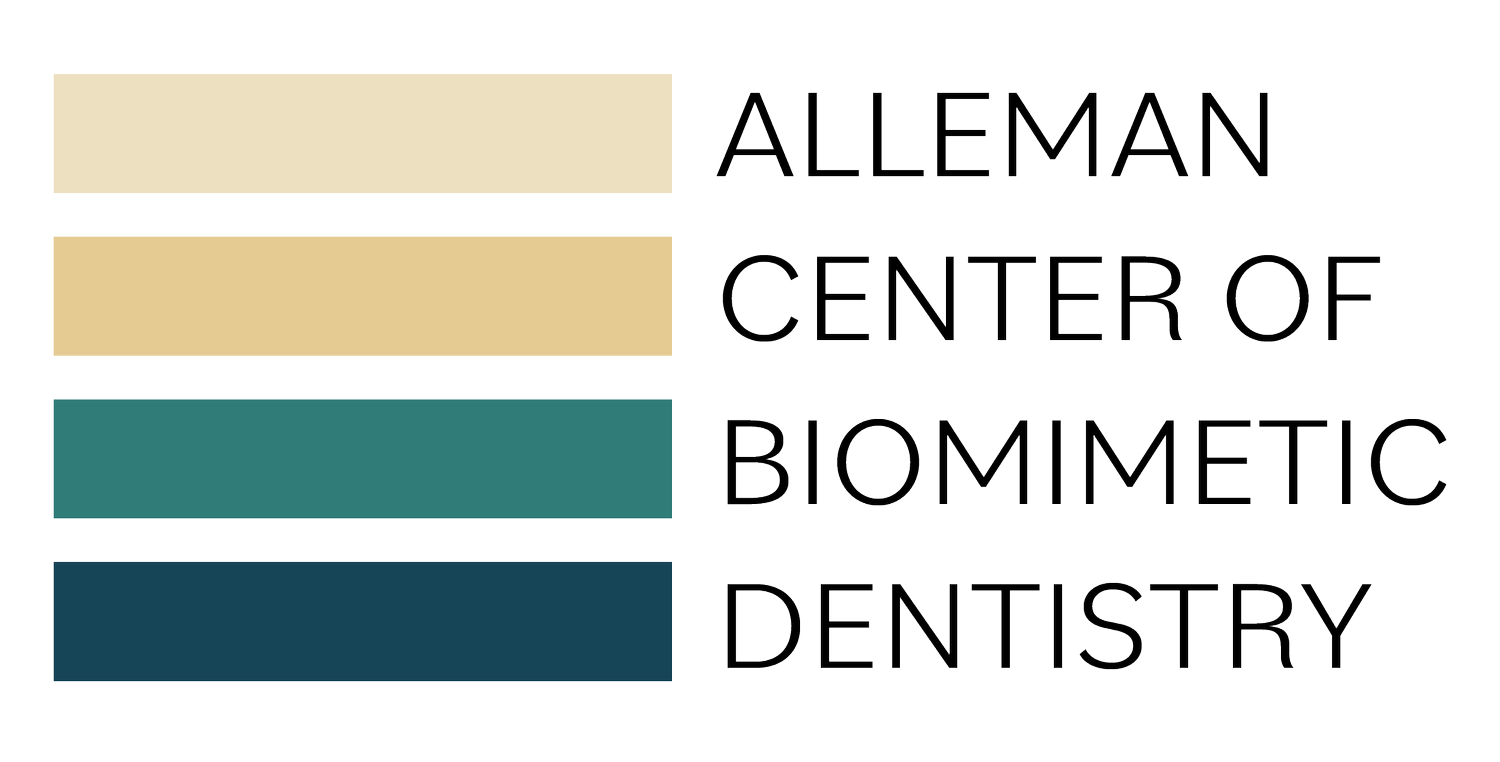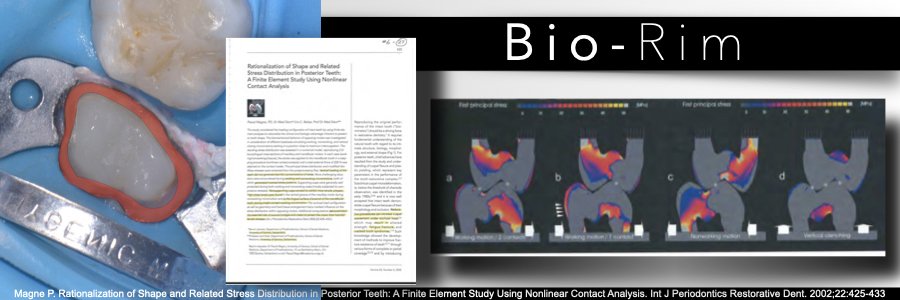Crown Alternatives for Cracked Teeth
“If cuspal coverage is needed…. a full coverage crown is considered the least desirable treatment option”
Summitt, J.B., Robbins, J.W., Hilton, T.J. and Schwartz, R.S. (2006) Fundamentals of Operative Dentistry: A Contemporary Approach. 3rd Edition, Quintessence Publishing Co, Inc., Illinois.
This traditional crown did nothing to protect what remained of the tooth underneath. Cracks and a poorly bonded build-up are visible when the crown is removed before being restored with biomimetic restorative dentistry. Case by Dr. Davey Alleman, DMD.
This quote is from a book that most dentists learned from during dental school, so why are crowns still the recommendation for cracked teeth? In past decades, retention form was the best available option for restorative dentistry, but developments in adhesive materials and techniques allow for more conservative alternatives to crowns that save tooth structure that is essential to a tooth’s natural function and longevity.
Traditional crowns and harmful full cuspal coverage
Traditional retention form crowns are secured to a tooth by mechanical retention, which means a tooth will be cut into specific ferrule shapes regardless of the pathologies. The thought was that this retention stabilized any cracks in the tooth to stop them from propagating, but unfortunately, the opposite was true. As shown in Magne P. Rationalization of Shape and Related Stress Distribution in Posterior Teeth: A Finite Element Study Using Nonlinear Contact Analysis. Int J Periodontics Restorative Dent. 2002;22:425-433, stresses of occlusion in traditional crowns are directed directly to the Cemento-enamel junction (CEJ), causing pain for patients as the crack grows larger.
A vertical crack is visible under a traditional crown. If left untreated, this crack will continue to grow until the tooth is at risk of catastrophic failure. Case treated with biomimetic restorative dentistry by Dr. Davey Alleman, DMD.
Essential tooth structure – the BioRim
The same 2002 study used finite elemental analysis to show how natural teeth distribute occlusal forces to the bottom 2-3 mm of a tooth. In biomimetic dentistry, which aims to mimic a natural tooth in the restorative process, the BioRim is considered critical tooth structure that should be preserved whenever possible. Non-critical tooth structure (thin cusps or cusps hindering treatment visualization) can be removed and replaced with biomimetic techniques without changing the tooth’s natural ability to withstand occlusal forces. Preserving healthy BioRim structure that is not affected by pathologies like caries or cracks helps extend the life of the restored tooth.
This slide from the Biomimetic Mastership shows how the BioRim is a tooth’s natural defense to tensile forces.
Predictable crack treatment
Crack treatment recommendations vary widely between dental schools and dentists because, until recent decades, predictable treatment protocols did not exist. Some practitioners would observe a crack rather than remove the surrounding healthy tooth structure and others would cut the tooth down for a crown. Neither of these treatment options treat the pathology or prevent it from growing.
In the early 2000s, Dr. David Alleman, DDS began treating cracks in his practice based on recommendations and peer-reviewed research from engineers, who have been studying and repairing cracks in various materials for over a century. As part of his Six Lessons Approach to Biomimetic Restorative Dentistry, Dr. Alleman made Lesson 2, the second most important lesson, about crack diagnosis and treatment. This offers predictable guidelines for diagnosis, crack risk analysis and safe removal around the pulp. When paired with all six lessons, cracks and their associated symptoms can be treated and eliminated, while the restored tooth will be resilient to future cracks because of its biomimetic bond strength.





This case by Dr. Davey Alleman, DMD show how the Six Lessons Approach is used to predictably treat cracked teeth.
Alternatives to crowns – let the pathology guide the restoration
While traditional crowns guide the restorative preparation, at the Alleman Center, we offer doctors protocols that let the pathology guide the restoration. With the advanced adhesive techniques and stress reducing protocols taught in the Six Lessons Approach, doctors can trust their bond to dentin and create inlays, onlays and overlays that are adapted to the needs of the tooth and the patient. This conservative dentistry saves essential tooth structure and preserves pulp vitality, reducing endodontic treatment. To learn more about predictable crack treatment and crown alternatives, view upcoming biomimetic dentistry training programs at the Alleman Center.
Learn more about what causes dental failures in this episode of Dr. David Alleman’s Six Lessons Approach Podcast.




